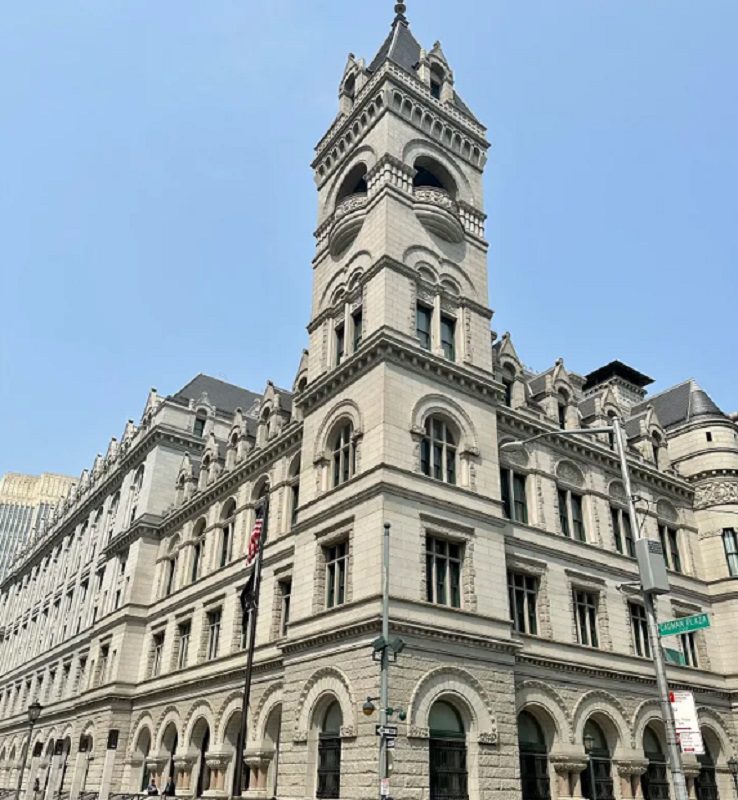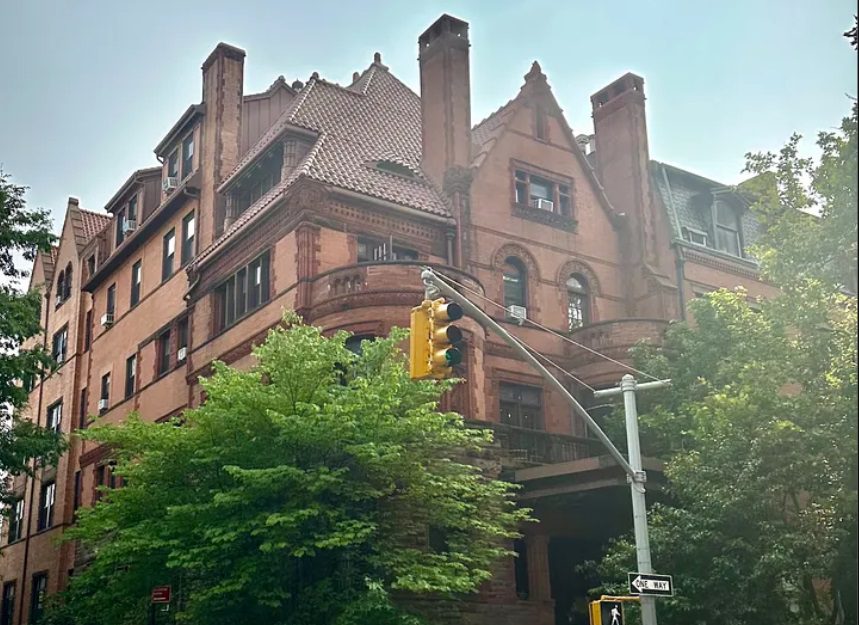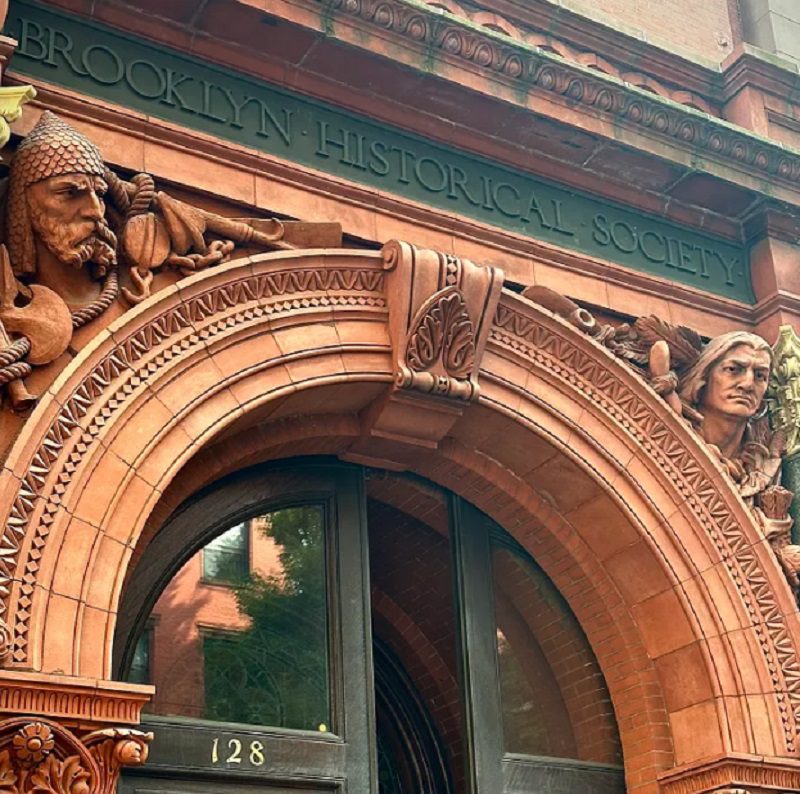The remarkable interweaving of old and new architecture in Brooklyn Heights is probably its most distinctive feature. Here, historic stone structures contrast with the modern Manhattan skyline, resulting in a beautiful and symbolic combination. This reflects the everlasting appeal of Brooklyn Heights. Read more about the city’s historic and non-historic buildings at brooklyn-future.
Plymouth Church of the Pilgrims

Offering sanctuary to enslaved people pursuing freedom in the North, this church was a significant stop on the Underground Railroad. Its first pastor, Henry Ward Beecher, was an ardent supporter of abolitionism whose sermons drew lots of people, notably among well-known parishioners were Walt Whitman and Mark Twain. The infamous “slave auctions” that Beecher held were one of the most powerful aspects of his activism. During those events, Beecher presented a slave on stage and encouraged the audience to raise funds to pay for their freedom. This powerful presentation of the realities of slavery and the potential of collective action for freedom demonstrated Beecher’s and the church’s dedication to abolitionism.
Brooklyn Borough Hall

When Brooklyn Borough Hall was finished in 1848, its original purpose was to serve as the city hall for the independent city of Brooklyn. Following its consolidation with New York, it housed the borough president’s office. This majestic structure, with its huge portico, robust Doric columns and intricate pediment, is an excellent example of Greek Revival architecture. The original dome of the structure was destroyed by fire in 1895 and replaced with the current Beaux-Arts dome.
Cadman Plaza Post Office

The Cadman Plaza post office, completed in 1930, is a part of the City Beautiful movement, the idea of which was to bring landscaping and architectural grandeur to cities. This architectural movement aimed to instill civic virtue and moral uplift in people living in cities through stunning public buildings and spaces. The post office was named after Reverend Dr. S. Parkes Cadman, a well-known Brooklyn cleric and radio preacher.
Hotel St. George

At the peak of its development, Hotel St. George was not only the largest hotel in New York but also the largest in the United States. It was a genuine landmark of its time, with more than 2,600 rooms spread out across the complex. Its opulent features included a vast ballroom, many restaurants and a massive saltwater pool in the basement that was once the largest in the whole country. However, at the end of the twentieth century, Hotel St. George had a downturn similar to that of many other notable hotels of the era. It is now a multipurpose building that features residences, a hostel and Brooklyn Law School.
Herman Behr Mansion

This magnificent residence was constructed in 1888 for entrepreneur Herman Behr. The structure in Romanesque Revival style was designed by architect Frank Freeman. In 1940, the mansion was converted into apartments, reflecting Brooklyn Heights’ practice of adapting and maintaining historic buildings for modern usage. Today, it stands as a magnificent tribute to the area’s architectural legacy.
Brooklyn Historical Society

The Brooklyn Historical Society, located at 128 Pierrepont Street, is a facility dedicated to honoring and researching Brooklyn’s rich and diverse past. George B. Post, a notable Brooklyn architect, designed this stunning Queen Anne-style building in 1881, which serves as a living tribute to the area’s rich history.